Almas Abbasi
Predicting COVID-19 Pneumonia Severity on Chest X-ray with Deep Learning
Jun 06, 2020



Abstract:The need to streamline patient management for COVID-19 has become more pressing than ever. Chest X-rays provide a non-invasive (potentially bedside) tool to monitor the progression of the disease. In this study, we present a severity score prediction model for COVID-19 pneumonia for frontal chest X-ray images. Such a tool can gauge severity of COVID-19 lung infections (and pneumonia in general) that can be used for escalation or de-escalation of care as well as monitoring treatment efficacy, especially in the ICU. Images from a public COVID-19 database were scored retrospectively by three blinded experts in terms of the extent of lung involvement as well as the degree of opacity. A neural network model that was pre-trained on large (non-COVID-19) chest X-ray datasets is used to construct features for COVID-19 images which are predictive for our task. This study finds that training a regression model on a subset of the outputs from an this pre-trained chest X-ray model predicts our geographic extent score (range 0-8) with 1.14 mean absolute error (MAE) and our lung opacity score (range 0-6) with 0.78 MAE. All code, labels, and data are made available at https://github.com/mlmed/torchxrayvision and https://github.com/ieee8023/covid-chestxray-dataset
Towards computer-aided severity assessment: training and validation of deep neural networks for geographic extent and opacity extent scoring of chest X-rays for SARS-CoV-2 lung disease severity
May 27, 2020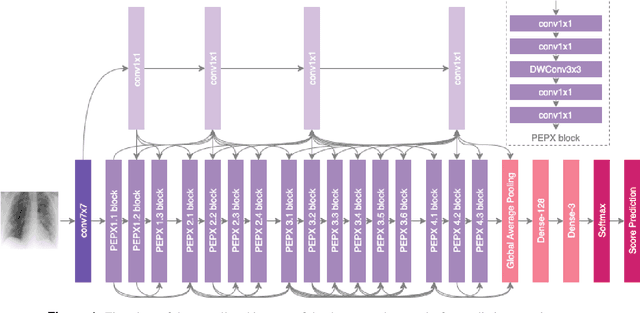
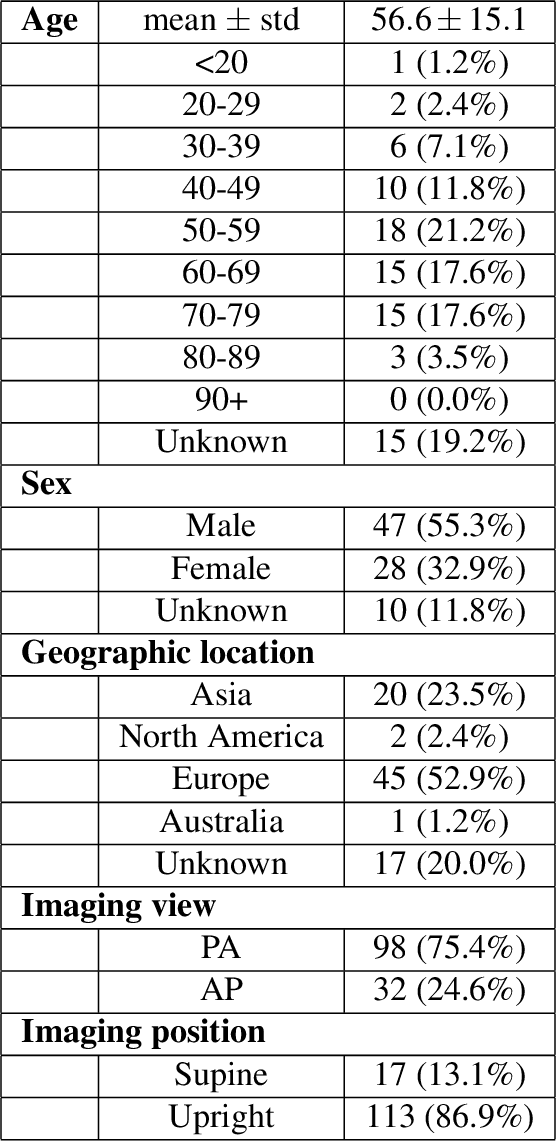
Abstract:Background: A critical step in effective care and treatment planning for severe acute respiratory syndrome coronavirus 2 (SARS-CoV-2) is the assessment of the severity of disease progression. Chest x-rays (CXRs) are often used to assess SARS-CoV-2 severity, with two important assessment metrics being extent of lung involvement and degree of opacity. In this proof-of-concept study, we assess the feasibility of computer-aided scoring of CXRs of SARS-CoV-2 lung disease severity using a deep learning system. Materials and Methods: Data consisted of 130 CXRs from SARS-CoV-2 positive patient cases from the Cohen study. Geographic extent and opacity extent were scored by two board-certified expert chest radiologists (with 20+ years of experience) and a 2nd-year radiology resident. The deep neural networks used in this study are based on a COVID-Net network architecture. 100 versions of the network were independently learned (50 to perform geographic extent scoring and 50 to perform opacity extent scoring) using random subsets of CXRs from the Cohen study, and evaluated the networks using stratified Monte Carlo cross-validation experiments. Findings: The deep neural networks yielded R$^2$ of 0.673 $\pm$ 0.004 and 0.636 $\pm$ 0.002 between predicted scores and radiologist scores for geographic extent and opacity extent, respectively, in stratified Monte Carlo cross-validation experiments. The best performing networks achieved R$^2$ of 0.865 and 0.746 between predicted scores and radiologist scores for geographic extent and opacity extent, respectively. Interpretation: The results are promising and suggest that the use of deep neural networks on CXRs could be an effective tool for computer-aided assessment of SARS-CoV-2 lung disease severity, although additional studies are needed before adoption for routine clinical use.
A Mobile Cloud-Based eHealth Scheme
Apr 15, 2020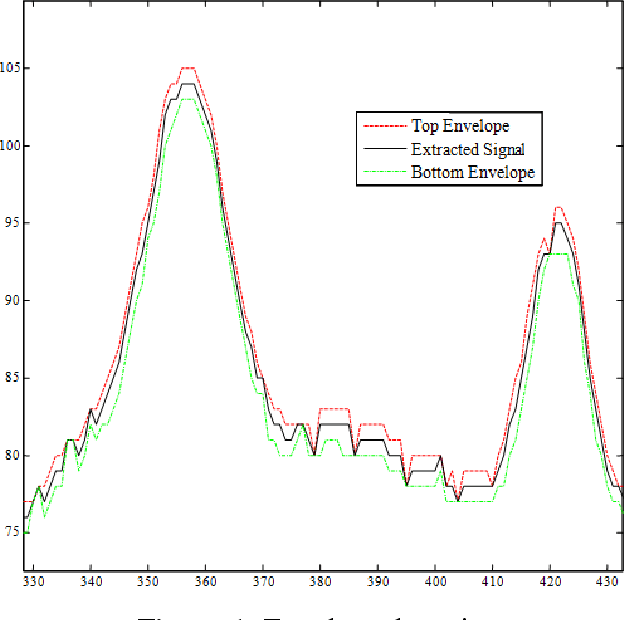
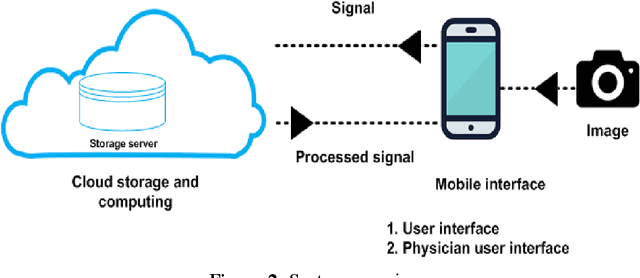
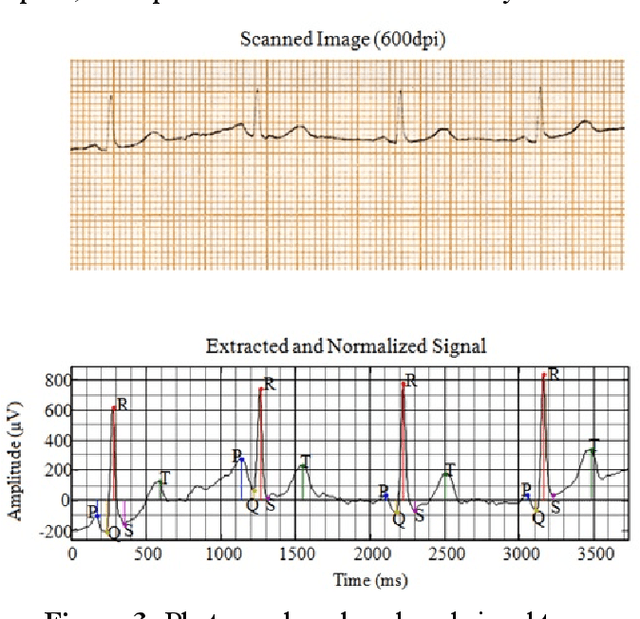
Abstract:Mobile cloud computing is an emerging field that is gaining popularity across borders at a rapid pace. Similarly, the field of health informatics is also considered as an extremely important field. This work observes the collaboration between these two fields to solve the traditional problem of extracting Electrocardiogram signals from trace reports and then performing analysis. The developed system has two front ends, the first dedicated for the user to perform the photographing of the trace report. Once the photographing is complete, mobile computing is used to extract the signal. Once the signal is extracted, it is uploaded into the server and further analysis is performed on the signal in the cloud. Once this is done, the second interface, intended for the use of the physician, can download and view the trace from the cloud. The data is securely held using a password-based authentication method. The system presented here is one of the first attempts at delivering the total solution, and after further upgrades, it will be possible to deploy the system in a commercial setting.
Resource-Aware Network Topology Management Framework
Feb 26, 2020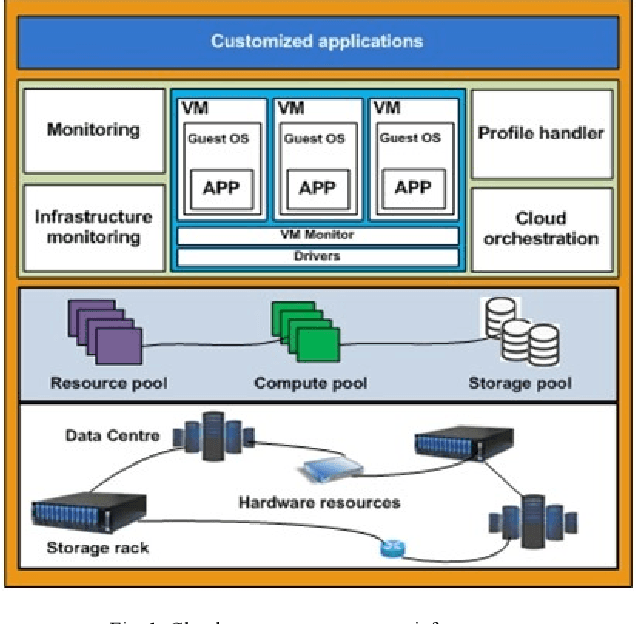
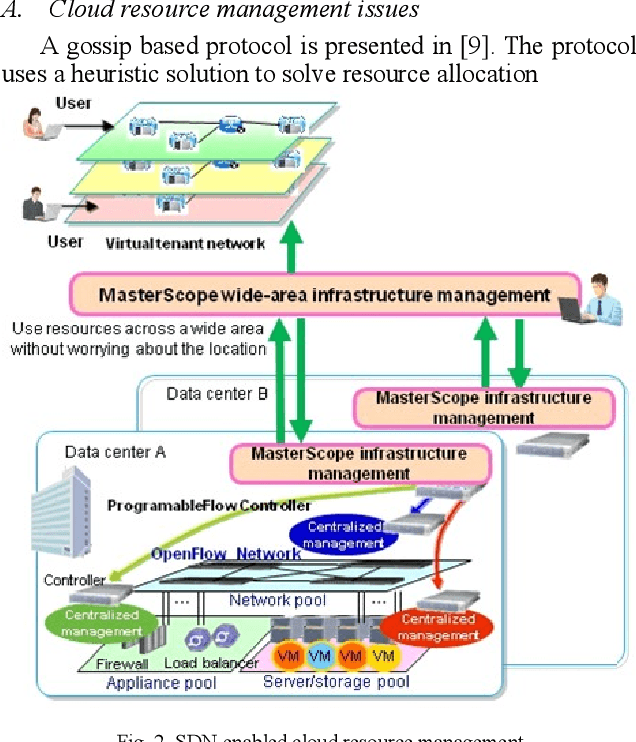
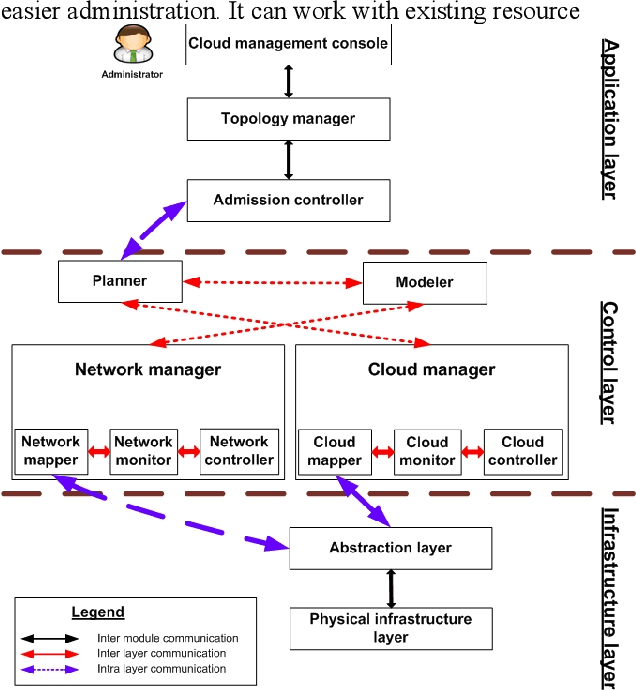
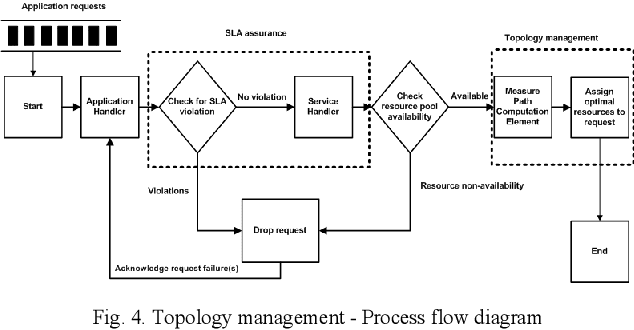
Abstract:Cloud infrastructure provides computing services where computing resources can be adjusted on-demand. However, the adoption of cloud infrastructures brings concerns like reliance on the service provider network, reliability, compliance for service level agreements. Software-defined networking (SDN) is a networking concept that suggests the segregation of a network data plane from the control plane. This concept improves networking behavior. In this paper, we present an SDN-enabled resource-aware topology framework. The proposed framework employs SLA compliance, Path Computation Element (PCE) and shares fair loading to achieve better topology features. We also present an evaluation, showcasing the potential of our framework.
 Add to Chrome
Add to Chrome Add to Firefox
Add to Firefox Add to Edge
Add to Edge